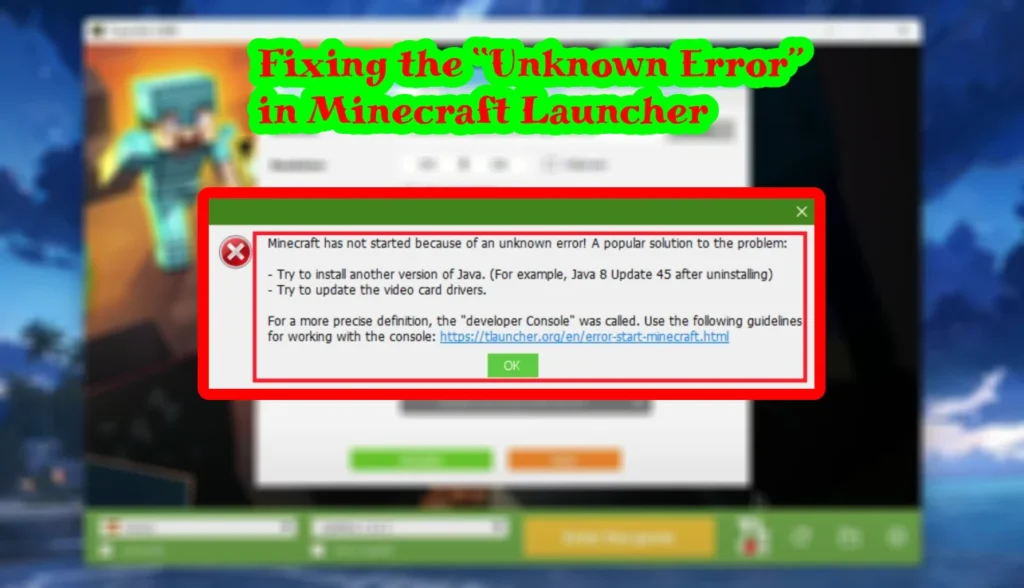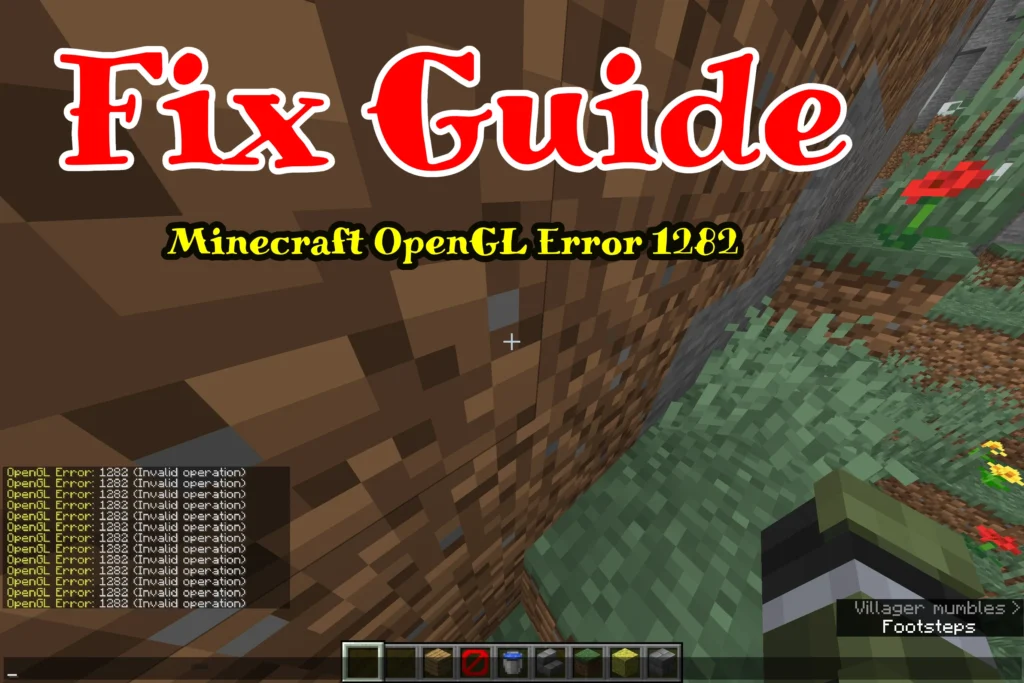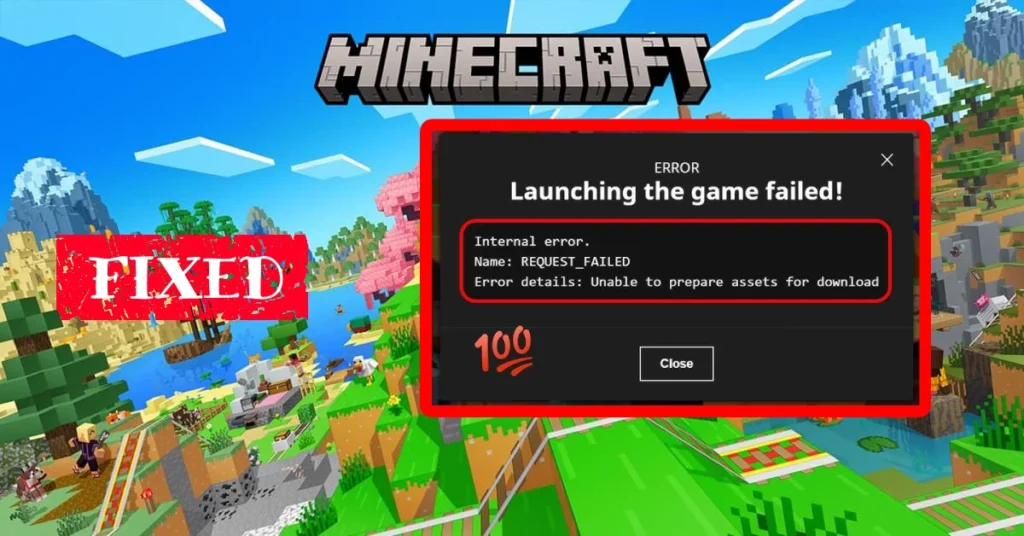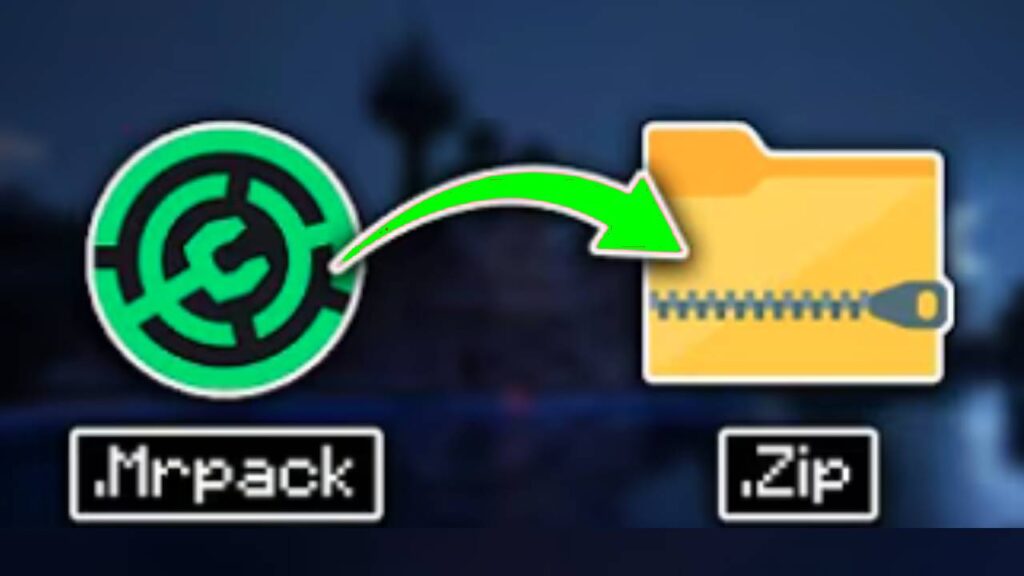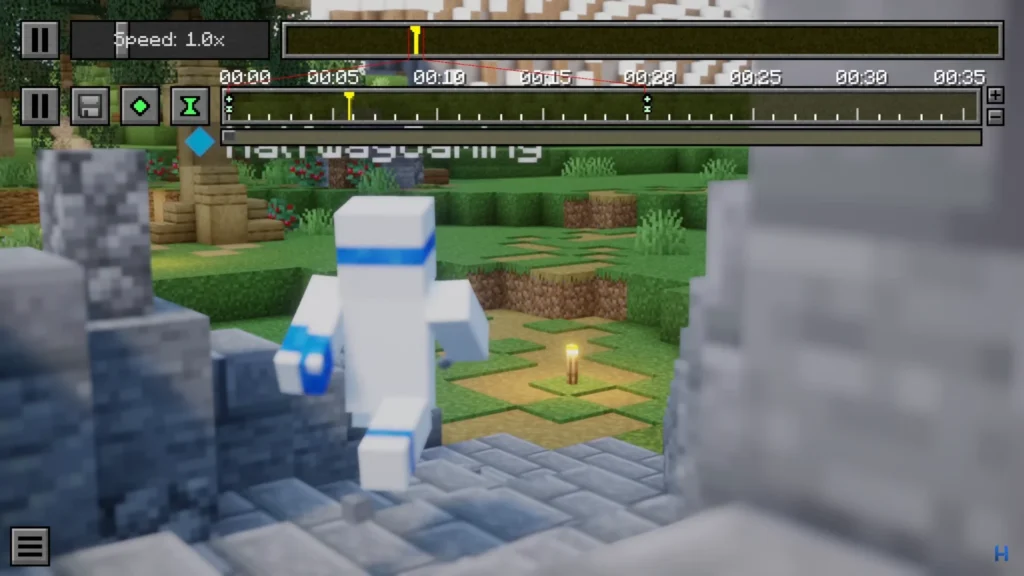Hi guys! Let’s be real for a second if you’ve been playing Minecraft without shaders, you might as well run around in shorts during a marathon crowd. That’s how naked the game feels without them. For the longest time, I thought I could live happily in vanilla Minecraft. The blocky charm, the nostalgia, the simplicity it was all enough… until I discovered shaders.
That was one year ago. Since then, my Minecraft has never been the same. I’ve built farms that looked like scenes out of a Studio Ghibli film, castles that gleamed like AAA game graphics, and oceans that shimmered like something straight out of Subnautica. But it wasn’t an easy road. I tested dozens of shaders, crashed my game more times than I want to admit, and even roasted my poor GPU a few times just to see how far I could push things.
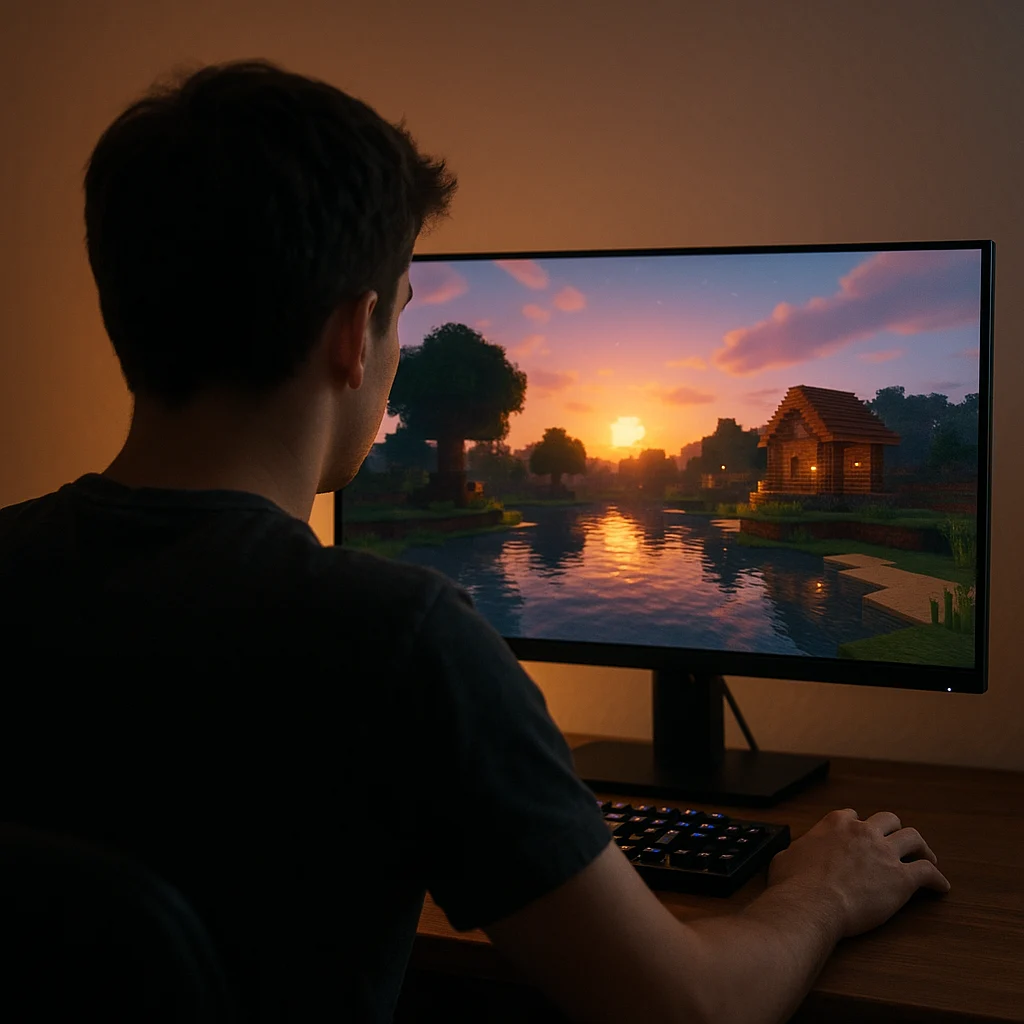
After a whole year of experimenting, tweaking settings, and honestly just staring at sunsets in-game way too long, I’ve narrowed it down to the shaders I can’t imagine living without. Not ten. Not a copy-paste “top 10” you’ll see everywhere else. Just 9 shaders that stuck with me through every adventure. Each one has a story, a vibe, and a reason it made the cut.
So grab your pickaxe, maybe a bucket of water, and let me walk you through the shaders that made Minecraft less of a game and more of a world I live in.
1. Complementary Shaders – The Reliable Friend That Never Lets Me Down
Complementary is my comfort shader. If shaders were like friends, Complementary would be that one buddy who’s always down to hang out, never complains, and somehow makes everything better without stealing the spotlight.
When I first installed it, I wasn’t expecting much. I’d already tried Sildur’s and BSL, so I thought I’d seen it all. But the moment I stepped into my survival world with Complementary, it clicked. The lighting was natural bright enough during the day without burning my eyes, soft at night without turning the game into pitch-black terror. The water shimmered realistically, but not so much that it distracted me from, you know, actually surviving.
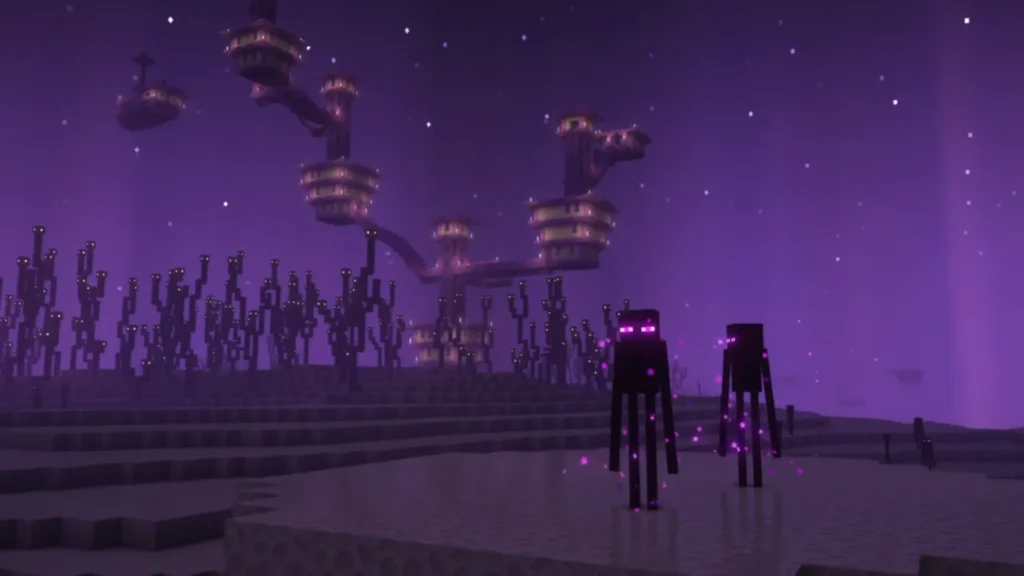
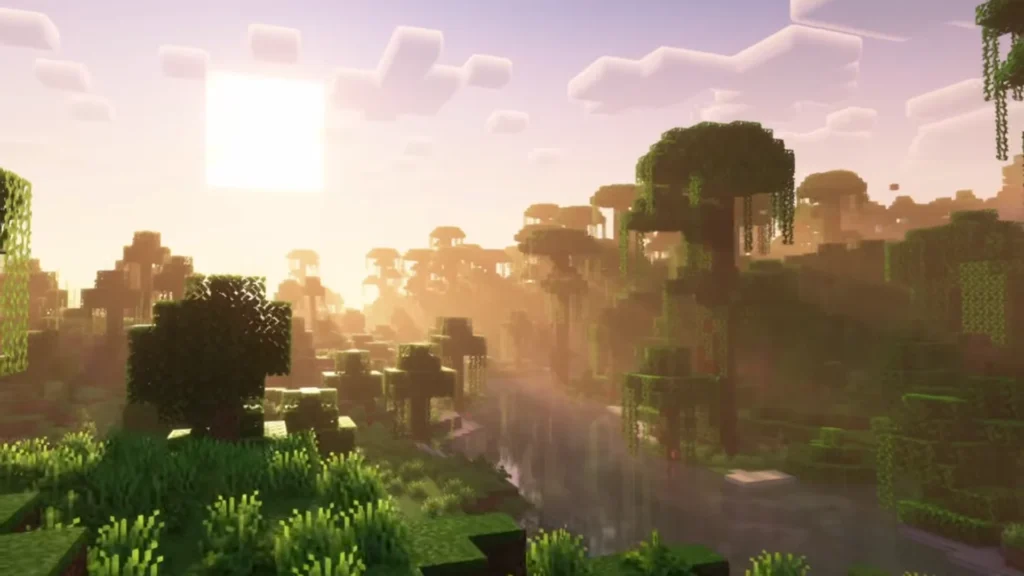
Why I keep coming back to it:
- Performance balance: It runs smoothly even on my mid-tier rig. Not potato-level, but definitely not “NASA PC” either.
- Natural colors: Some shaders make Minecraft look like a fantasy acid trip. Complementary makes it feel like a believable world.
- Compatibility: It just works with most versions and settings. I don’t waste hours troubleshooting.
What the community says:
On Reddit, players often describe Complementary as the “best all-rounder.” And I have to agree. It’s not the flashiest shader, but after one year, it’s the one I trust for long survival playthroughs. If shaders were ice cream, Complementary would be vanilla but like, the good, creamy vanilla with actual vanilla bean specks. You know, the one you never get tired of.
You can download it here: Complementary Shaders – Unbound & Complementary Shaders – Reimagined
2. AstraLex Shaders – My Fantasy Mode Switch
AstraLex is my “weekend shader.” Whenever I feel like turning Minecraft into a fantasy RPG, this is what I load. The colors are vibrant, the skies are dramatic, and suddenly my blocky world feels like it belongs in a cinematic trailer.
The first time I used AstraLex, I was exploring a custom RPG adventure map. Picture this: towering mountains, sprawling villages, and a crimson sunset that made the entire valley glow. It felt less like Minecraft and more like Skyrim with square cows.
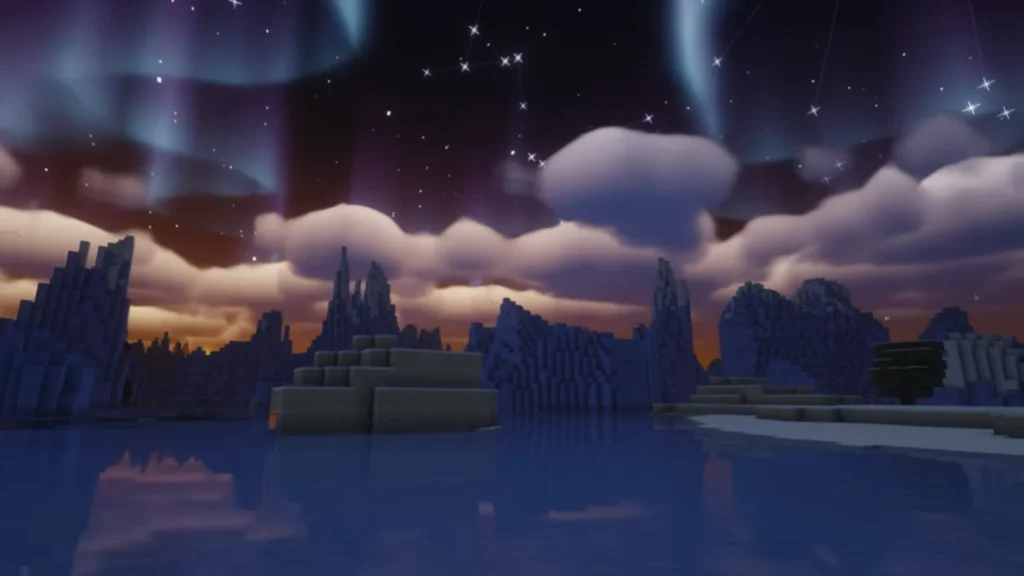
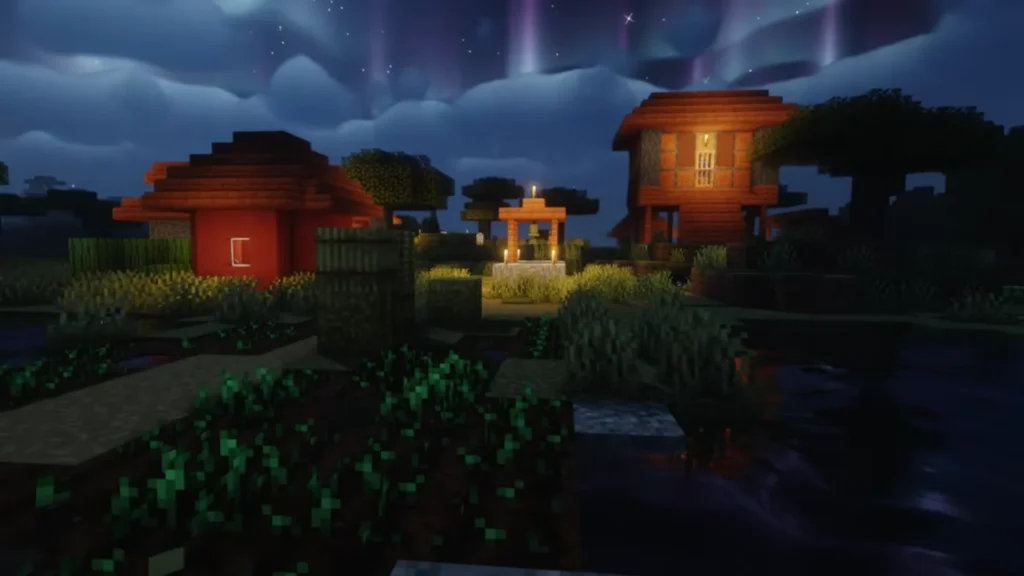
Why I love it:
- Vivid colors: Grass feels alive, skies feel endless, and sunsets… don’t even get me started.
- Perfect for builds: If you’re a builder who likes to take screenshots of your creations, AstraLex is practically cheating. Your dirt hut will look like Rivendell.
- That “wow” factor: Friends who don’t even play Minecraft said, “Wait, this is Minecraft?!” when I showed them screenshots.
Drawbacks:
- It can be demanding. My laptop wheezed like a 90-year-old climbing stairs when I tried it there. This shader wants GPU power, and lots of it.
- Sometimes the colors are too much for long survival play. I wouldn’t mine diamonds with it daily, but for screenshots? Chef’s kiss.
Community vibe:
AstraLex has a cult following among cinematic creators. You’ll see it all over Minecraft YouTube thumbnails where the sky looks ridiculously epic. And honestly, that’s its strength it transforms Minecraft into a game you want to show off.
3. SORA Shaders – Screenshots That Feel Like Movie Stills
If Complementary is my reliable buddy and AstraLex is my fantasy switch, then SORA is my personal photographer. Every time I use SORA, I end up wasting hours just taking screenshots. My survival progress? Zero. My screenshot folder? Exploding.
SORA does one thing incredibly well: cinematics. The lighting, the depth of field, the shadows they all combine to make every scene look like a movie still. Build a simple stone tower? Boom, it looks like Minas Tirith at golden hour. Walk into a swamp? Suddenly it’s a horror movie intro.
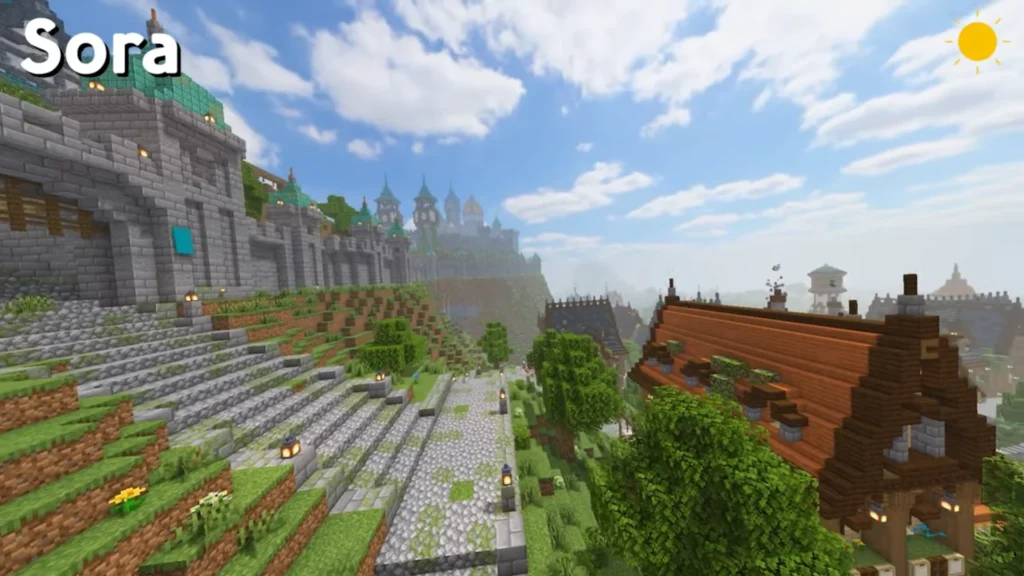
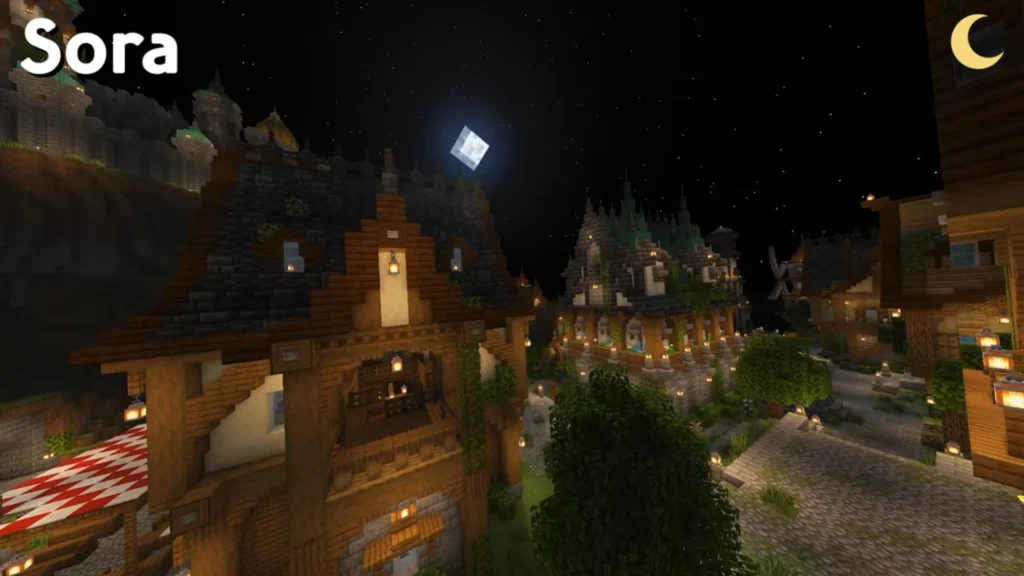
Why I can’t quit it:
- Sunsets and sunrises: I’ve literally stood on my Minecraft balcony and watched the sun go down for five in-game days straight. That’s how good it looks.
- Atmosphere: SORA nails ambiance. The fog, the shading, the way light bounces it’s a vibe.
- For creators: If you make machinima, montages, or just want your world to look Instagram-ready, this shader is unmatched.
The downside:
- Performance hits hard. On my PC it’s manageable, but on a weaker machine it’s basically a slideshow.
- Not practical for PvP or hardcore survival. You’ll probably die staring at the pretty sky instead of noticing the creeper behind you.
Community reaction:
People often call SORA the “cinematic shader.” And it earns that title. It’s not your everyday go-to, but when you want drama and beauty, SORA delivers like no other.
4. Continuum Shaders – The Ultra-Realism Flex
Continuum is the shader I turn on when I want to feel like my PC is flexing its muscles. Honestly, this pack doesn’t just make Minecraft look better it makes it look like a completely different game. Sometimes I forget I’m even playing Minecraft until I see a square cow staring at me.
The first time I ran Continuum, I spawned near an ocean. The waves shimmered, the sunlight scattered on the water, and the shadows of trees danced in the breeze. My jaw hit the floor. Then my FPS hit the floor too.
Performance check (on my mid-tier RTX 3060):
- Vanilla Minecraft: ~251 FPS.
- With Continuum: ~56–60 FPS in open fields, ~46 FPS near heavy builds, and sometimes dipping to ~40 FPS in jungles.
It’s playable, but this shader demands respect. If you’re running anything lower than a mid-range GPU, you’ll probably spend more time admiring the slideshow than mining diamonds.
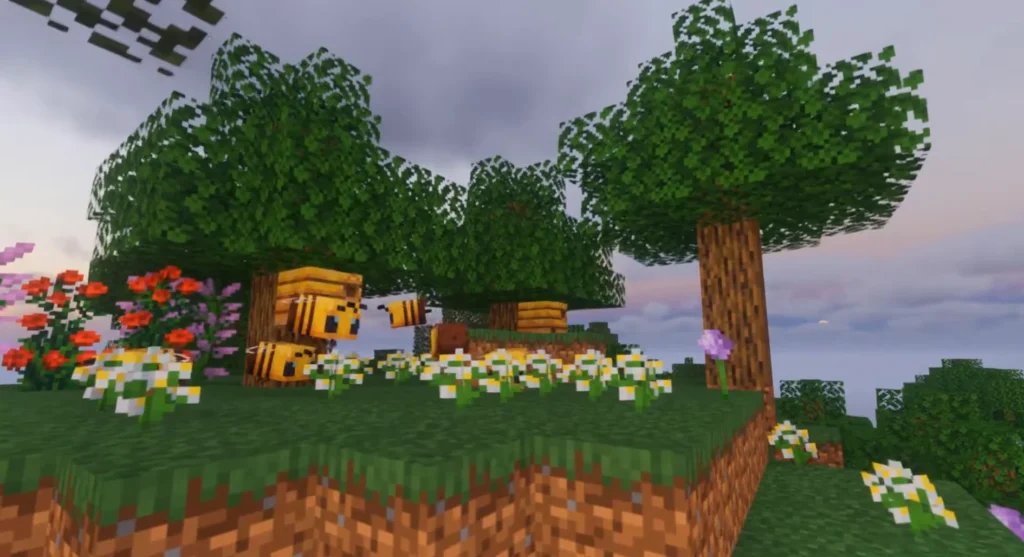
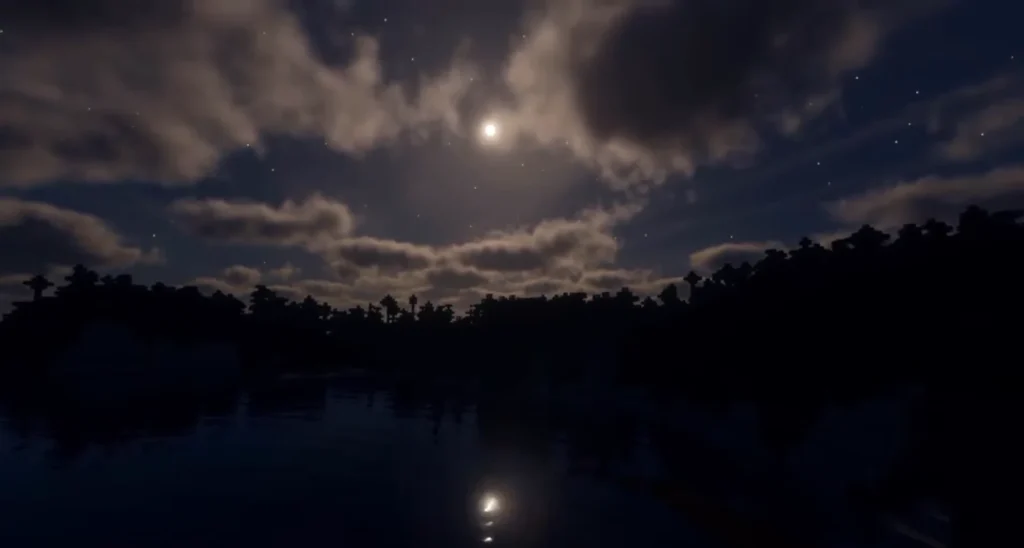
Why I still love it:
- Realistic lighting: Sunlight feels alive, interiors look moody, and nights feel genuinely scary.
- Water rendering: This shader makes me want to build seaside bases just to stare at the ocean.
- Cinematic builds: Castles, cities, and mega-bases look god-tier with Continuum.
Drawbacks:
- Heavy performance cost, no way around it.
- Not practical for long survival unless you’re okay with halved FPS.
- Sometimes the lighting feels “too real,” almost breaking the Minecraft vibe.
Community vibe:
Continuum is often called the “benchmark shader.” People use it to test PC builds or show off screenshots. And honestly? It deserves the hype. If shaders were cars, Continuum would be a Ferrari not something you daily drive, but perfect when you want to turn heads.
5. BSL Shaders – My Everyday Go-To
BSL is like that pair of sneakers you wear almost every day. They’re not flashy, but they’re comfortable, reliable, and just right for most situations.
I’ve used BSL more than any other shader simply because it strikes the perfect balance. Colors look vibrant without being overwhelming, the lighting is soft but clear, and performance is surprisingly good. In fact, after one year, BSL became my default shader for survival worlds.
Performance check (on the same RTX 3060):
- Vanilla: ~256 FPS.
- With BSL: ~178–190 FPS in open fields, ~160 FPS in jungles or heavy builds.
Compared to Continuum, the FPS difference is night and day. I can comfortably run BSL even with render distance set high, and it still looks fantastic.
Why I keep using it:
- Balanced look: No extreme bloom or oversaturation. It just feels right.
- Customizable: Tons of settings let me tweak colors, brightness, and shadows.
- Stable updates: Always works with the latest Minecraft versions.
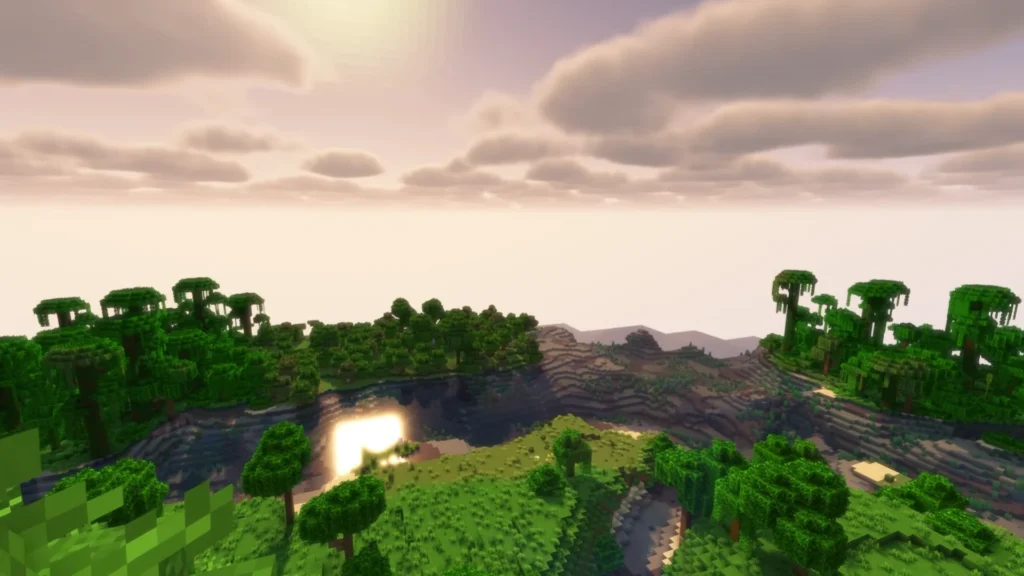
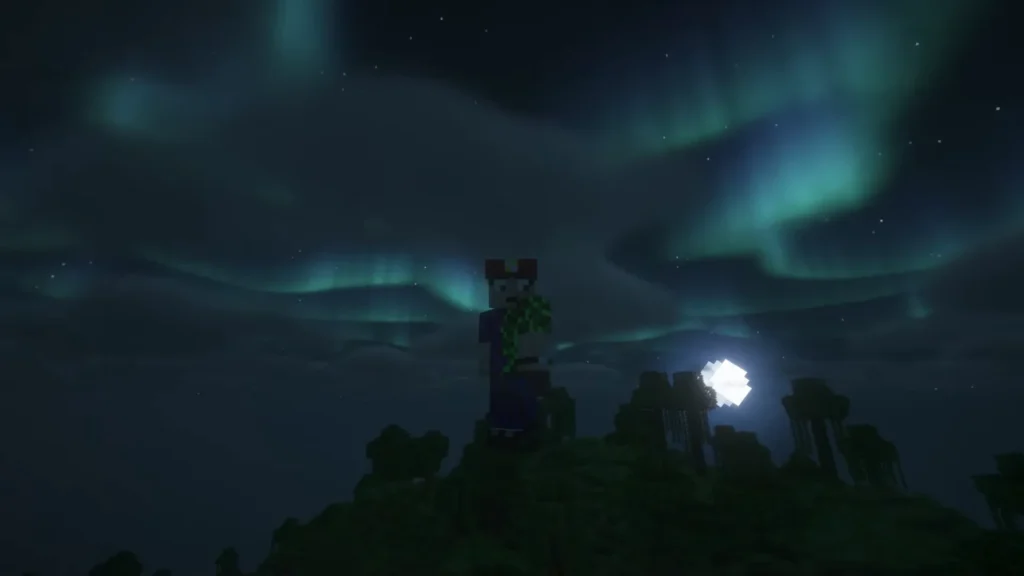
Gap it here: BSL Shaders
What I don’t love:
- Sometimes feels “safe.” It doesn’t have the jaw-dropping cinematic vibe of SORA or AstraLex.
- Night lighting can be a bit too forgiving I sometimes miss the spooky atmosphere.
Community perspective:
BSL is widely praised as the “best everyday shader.” On Reddit and forums, players constantly recommend it for beginners. And after a year of trying everything else, I can confirm: BSL is the one I trust when I just want to play without overthinking.
6. Sildur’s Vibrant Shaders – The Legendary Classic
Sildur’s was my very first shader pack, and honestly, it’s the one that made me realize Minecraft didn’t have to look like a Lego simulator. I still remember the first time I loaded into a grassy plain and saw the sunlight filter through the trees. Mind blown.
The best part about Sildur’s is its flexibility. It comes in multiple versions Lite, Medium, High, Extreme so you can pick what your PC can handle. Back when I was running Minecraft on a GTX 1050, Sildur’s Lite was my best friend. These days, I can crank it up higher, but the nostalgia remains.
Performance check (RTX 3060, Extreme version):
- Vanilla: ~248 FPS.
- With Sildur’s Extreme: ~140 FPS in open fields, ~127 FPS in jungles.
- With Lite version (tested for fun): ~223 FPS basically close to vanilla.
This flexibility makes Sildur’s one of the most accessible shaders for players with all kinds of PCs.
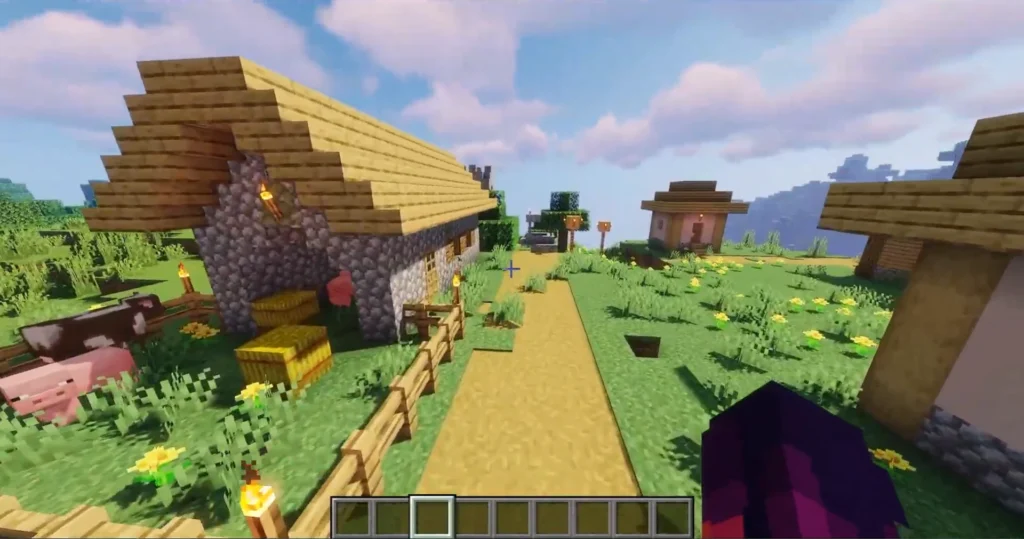
Why it still matters:
- Options for everyone: Whether you have a potato or a powerhouse, Sildur’s has a version for you.
- Consistent updates: Always one of the first to support new Minecraft versions.
- Classic vibe: It may not be the most “realistic,” but it nails that perfect upgrade to vanilla.
The downsides:
- Graphics aren’t as advanced as newer packs like Complementary or AstraLex.
- Can feel outdated if you’re used to modern shaders.
Community love:
Sildur’s is often called the “gateway shader.” Everyone seems to have tried it at least once, and for good reason. It’s friendly, accessible, and still beautiful even after years of updates.
7. KUDA Shaders – The Nostalgic Favorite
KUDA is like that old playlist you rediscover on Spotify nostalgic, reliable, and still surprisingly good even after all these years. Before BSL and Complementary dominated the scene, KUDA was the shader everyone swore by. And honestly? It still holds up.
When I fired up KUDA for the first time in ages, it was like stepping back in time. The lighting has a warm, almost golden glow, and the water effects give everything a polished, slightly dreamy look. It’s not trying to be ultra-realistic it’s trying to be pleasant. And it succeeds.
Performance check (RTX 3060):
- Vanilla: ~252 FPS.
- With KUDA: ~152–160 FPS average in most areas.
Not as lightweight as Sildur’s Lite, but still much more forgiving than Continuum or SORA.
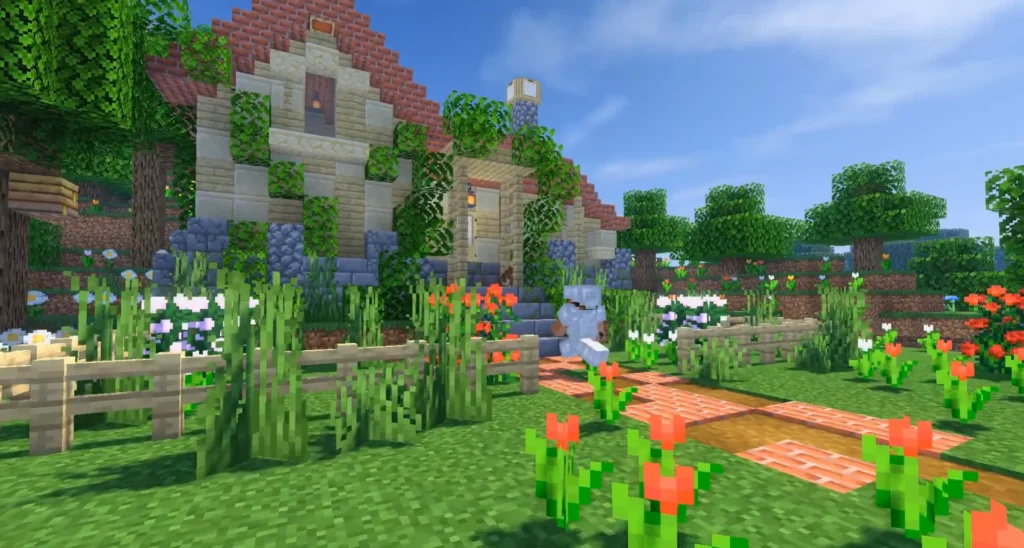
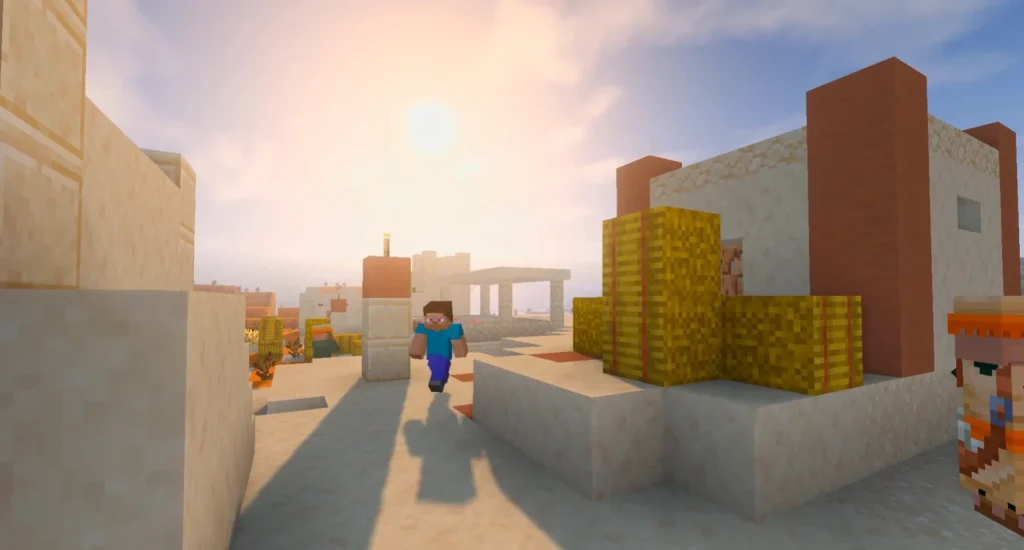
Why KUDA still earns a spot:
- Nostalgia factor: It feels like the shader that defined a generation of Minecraft screenshots.
- Warm atmosphere: Perfect for medieval builds or cozy survival worlds.
- Simplicity: Less flashy than AstraLex, but sometimes that’s exactly what I want.
Drawbacks:
- Updates slowed down, so compatibility with new versions isn’t always immediate.
- Lacks the advanced effects of newer shaders.
Community vibe:
Players often describe KUDA as “the shader that got them into shaders.” For me, it’s like visiting an old friend maybe not the most modern, but still fun to hang out with.
8. SEUS (Sonic Ether’s Unbelievable Shaders) – The OG That Changed Everything
If there’s one shader that deserves to be called legendary, it’s SEUS. Sonic Ether’s Unbelievable Shaders were the first to truly blow people’s minds. Long before Continuum or Complementary existed, SEUS showed the world that Minecraft could look jaw-droppingly real.
I remember installing SEUS years ago on a clunky laptop and watching it chug along at 10 FPS while I stared at the rippling water. Fast forward to today, and on my RTX 3060, SEUS still looks gorgeous smooth shadows, realistic sunlight, and water that honestly rivals modern AAA games.
Performance check (RTX 3050):
- Vanilla: ~250 FPS.
- With SEUS Renewed: ~100–127 FPS in open areas, dipping to ~105 FPS in forests.
Not the lightest, but very playable and the visuals are worth it.
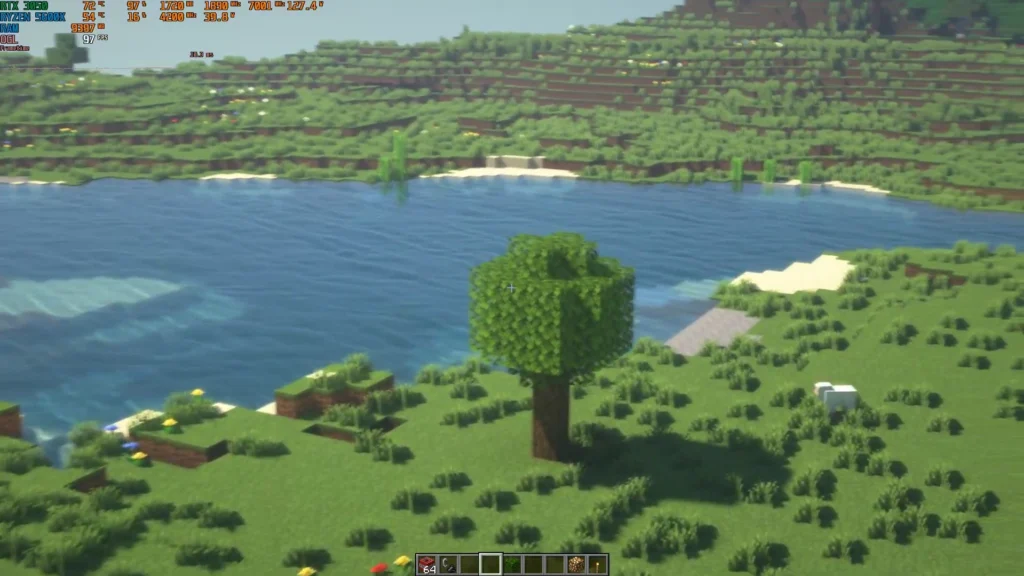
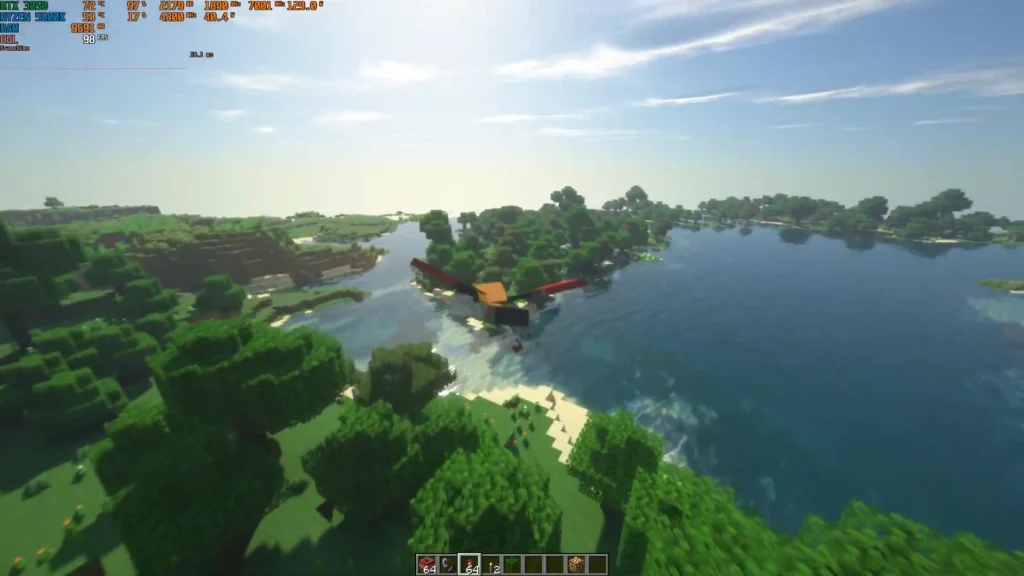
Why SEUS stays iconic:
- Groundbreaking water effects: The reflections are still among the best.
- Dynamic shadows: Adds depth to every scene.
- The legend factor: It’s the shader pack that started it all.
Cons:
- Development is slower these days; newer shader packs sometimes surpass it.
- Can be demanding on weaker hardware.
Community view:
SEUS is often referred to as the “father of shaders.” Even if you don’t use it every day, it deserves respect. For me, it’s like listening to a classic album it never goes out of style.
9. Oceano Shaders – The Chill Vibes Pack
Oceano is the shader I use when I want Minecraft to feel relaxing, almost meditative. While most shaders try to push realism or cinematic drama, Oceano focuses on one thing: color and atmosphere. And it nails it.
The first time I tried Oceano, I spawned near a beach. The ocean had a gentle, rolling motion, the sky was painted with soft blues, and everything felt… calm. It was less “epic cinematic adventure” and more “sit back, build a beach hut, and watch the waves.”
Performance check (RTX 3060):
- Vanilla: ~250 FPS.
- With Oceano: ~170–180 FPS in most biomes, dropping to ~153 FPS near oceans.
Surprisingly efficient for how good the water looks.
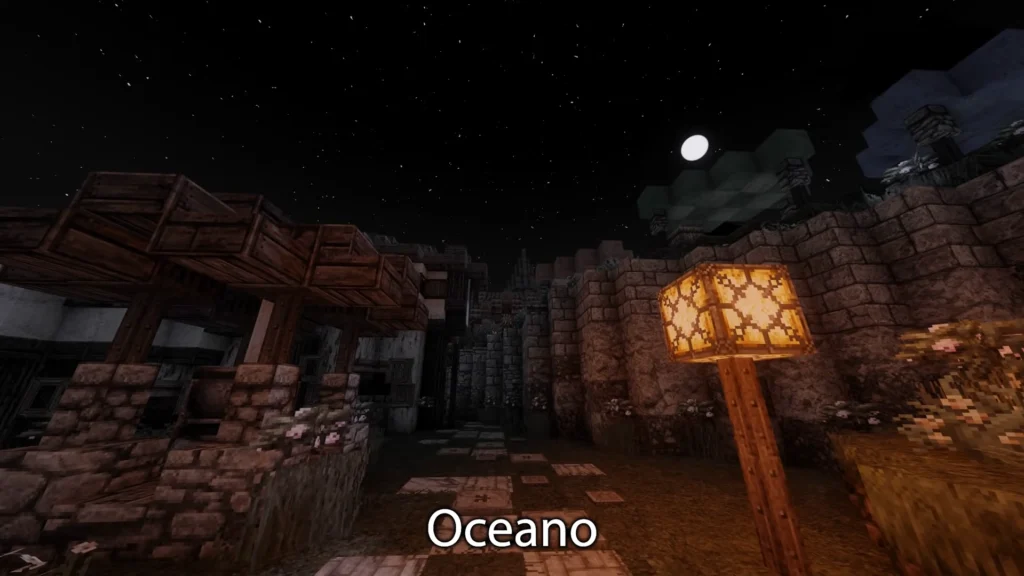
Why I keep it installed:
- Best water visuals: Oceans and rivers feel alive without being overdone.
- Soft lighting: Great for cozy survival or casual exploration.
- Unique aesthetic: Doesn’t try to copy other shaders it has its own personality.
Downsides:
- Nighttime can feel too dark compared to BSL or Sildur’s.
- Less dramatic than AstraLex or SORA, so not the best for cinematic builds.
Community opinion:
Often underrated, Oceano has a loyal fanbase. On forums, it’s praised for being “the most relaxing shader.” I agree it’s like putting on lo-fi beats for your Minecraft world.
Conclusion – One Year Later, Nine Shaders That Stuck With Me
After one year of experimenting, tweaking, crashing, and screenshot-hoarding, these nine shaders are the ones that truly stuck with me. Not because they’re the most popular, not because every list includes them, but because they each brought something unique to my Minecraft journey.
- Complementary was my reliable everyday choice.
- AstraLex gave me fantasy vibes.
- SORA turned my worlds into movie scenes.
- Continuum flexed ultra-realism.
- BSL balanced beauty with performance.
- Sildur’s reminded me where I started.
- KUDA brought back nostalgia.
- SEUS showed me the legend.
- Oceano calmed me down when I just wanted to chill.
And that’s the beauty of shaders they’re not just graphics mods, they’re different moods. Each one changes not just how Minecraft looks, but how it feels.
If you’ve never tried shaders, you’re missing half the game. And if you’ve tried a few, maybe this list gives you some new ones to experiment with. Because after a year of playing Minecraft, I can say this with confidence: once you experience shaders, there’s no going back.


